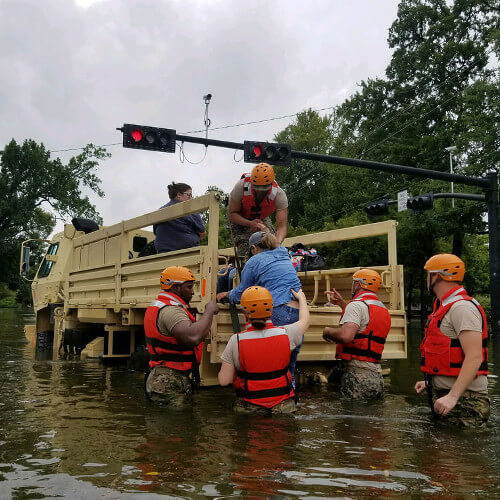Research Counts was established in 2017 with the intent to share rigorous and actionable research findings with policymakers, practitioners, and others who work to reduce the harm and suffering from disasters. This introduction to the series explains further.
Research Counts
The Research Counts series serves as a platform for hazards and disaster scholars to provide insights about research findings and the enduring lessons of disaster, as well as to raise new questions that are worthy of exploration. The pieces in the series are brief, drawn from a variety of disciplines, and intended for a broad audience.
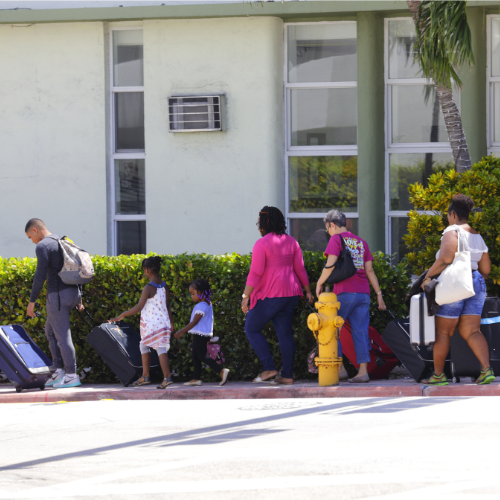
Evacuating is expensive, and for some people the risks of leaving can seem greater than staying despite the storm.
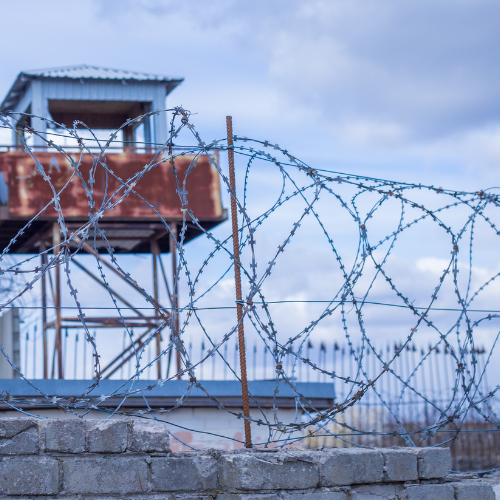
More than 65% of formerly incarcerated people reported experiencing climate-related hazards, according to survey results.
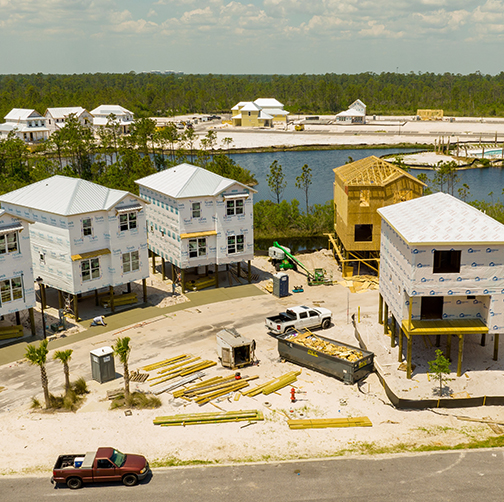
Opinions on the wisdom of rebuilding in flood zones can vary based on many factors—including how the benefits and risks are presented. Learn more about what can sway the public for or against using federal funds for such efforts.

The COVID-19 pandemic claimed millions of lives, but stronger international cooperation, better management of isolation, and socio-technological solutions could have reduced the most devasting impacts. This piece explains how.
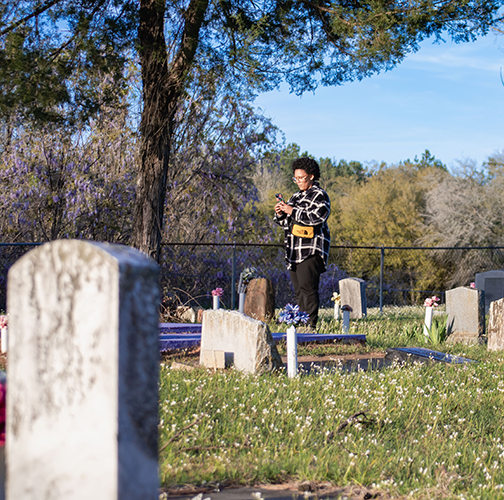
Cemeteries are invaluable resources that honor our dead, preserve our history, and sustain our cultural identity. This article examines available resources to protect these places and reminds us that such work should be practical and equitable.
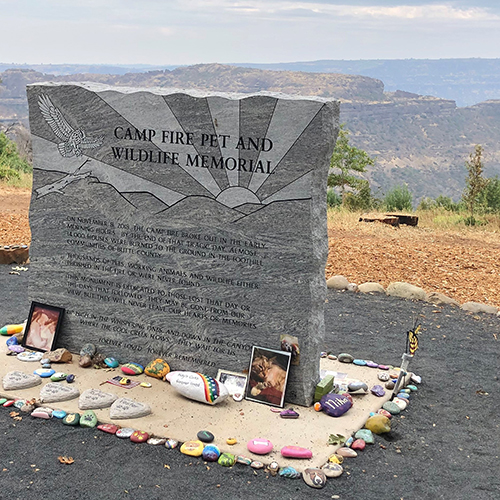
Although commemorations of disaster are often seen as a universal good that promotes remembrance, community, and healing, they might not be perceived that way by all. This article details the value of commemorations and ways to ensure they are just and inclusive.
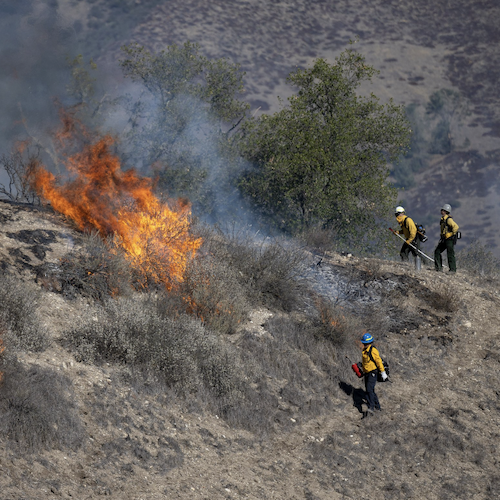
Many U.S. communities are experiencing deteriorating forest health, fuel management issues, and increasing wildfire risk. Read this Research Counts to learn about a range of strategies for a sustained, diverse, and future-ready forestry and fire workforce.
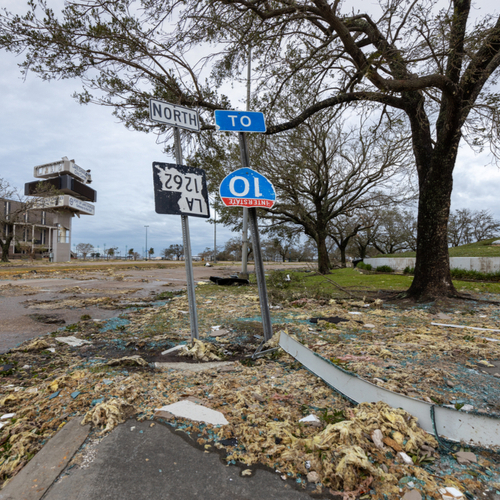
Concerns about contracting COVID-19 in a shelter environment can lead some to shelter in place, even when it’s not the safest option. Learn more in the latest Research Counts.
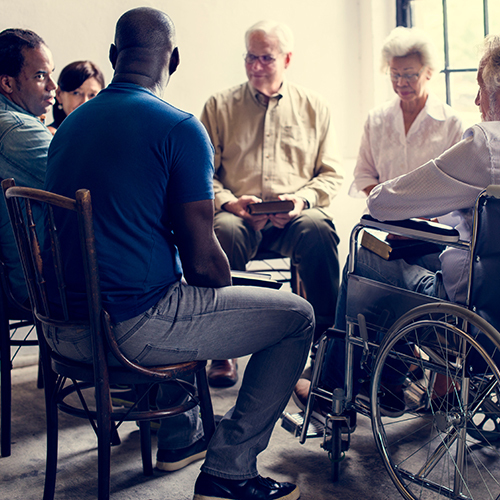
Inclusive planning that maximizes the skills and abilities of those with impairments can increase disaster resilience for the whole community.
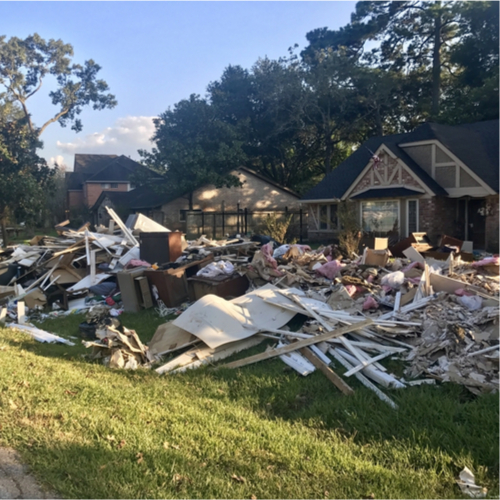
Federal programs to help individuals after disaster don’t always provide equitable recovery. This latest Research Counts article looks at how some areas are underserved.
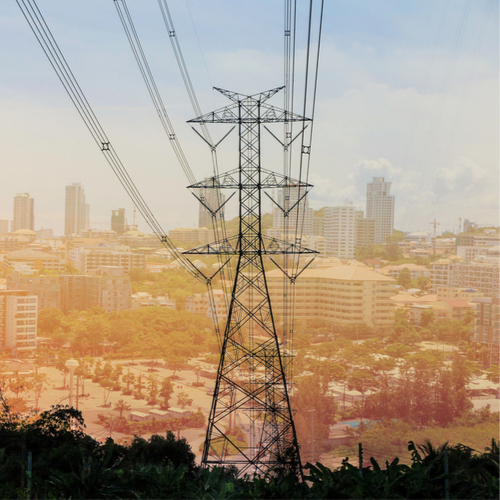
Investments in electrical infrastructure can have big payouts for societal resilience, but more data is needed to help planners and policymakers make the case for funding. An exercise in Chicago offers a roadmap for how we can begin to quantify the benefits.
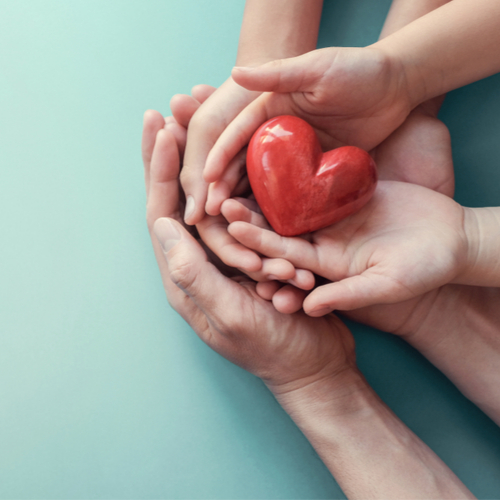
Conducting research during these trying times will take all the foundational techniques at our disposal—and more. Read more to learn how conducting caring research can support both participants and researchers.
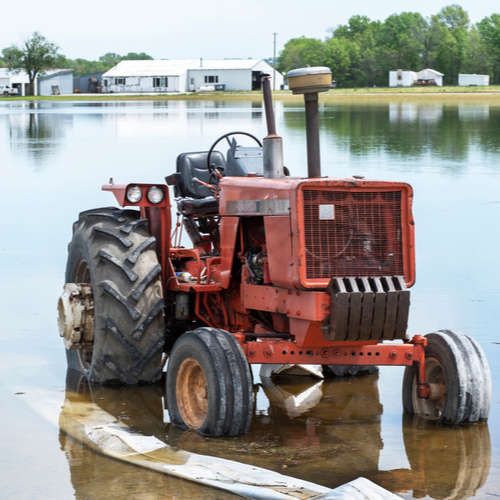
Rural communities can have less resources to respond to and recover from disasters. Collaboration is key to expanding their capacity.
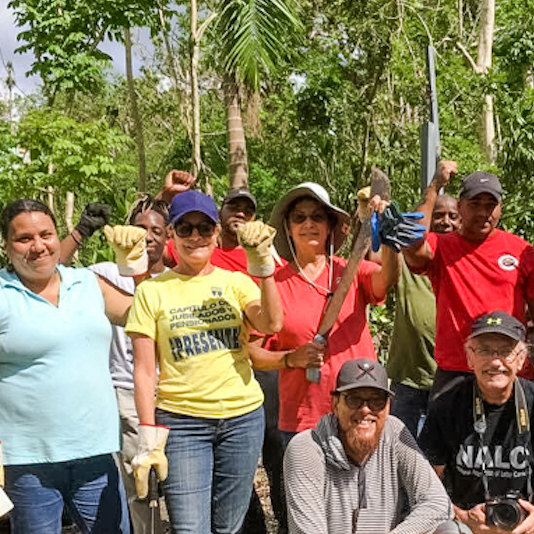
A connected community is a strong community. Read how Puerto Rican’s extensive experiences with disaster have created social cohesion that makes them resilient.

To be more effective, programs and policies that help people relocate away from repetitive coastal disasters should consider what influences their willingness to leave their homes.

We know that engaging all community members in mitigation planning is a best practice—now we’re learning how to do that equitably. Read more in the latest Research Counts.

Using the term “natural” in conjunction with disaster obscures the ways that risk is created. Learn more about the data behind why that matters.
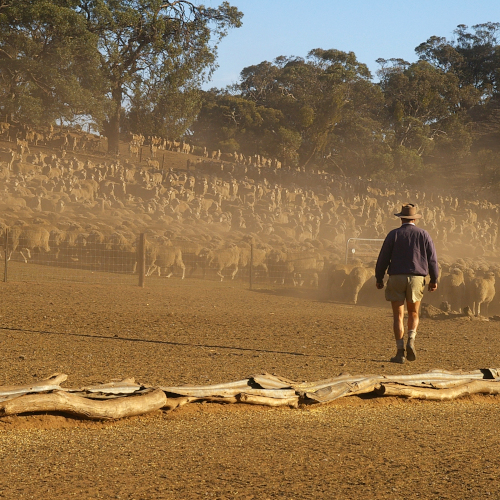
Planning for drought might seem like an unnecessary expense to ranch managers—especially in moister years—but recovering from drought is more expensive. Learn more about cost-effective drought planning in this Research Counts.

While disaster recovery costs will always come with uncertainties, new trends in cost estimation can limit them somewhat and help rebuild faster.

Reducing hazardous fuels can be effective in keeping wildfire manageable, but there can be many barriers to achieving mitigation goals. Read more about how obstacles can be overcome.
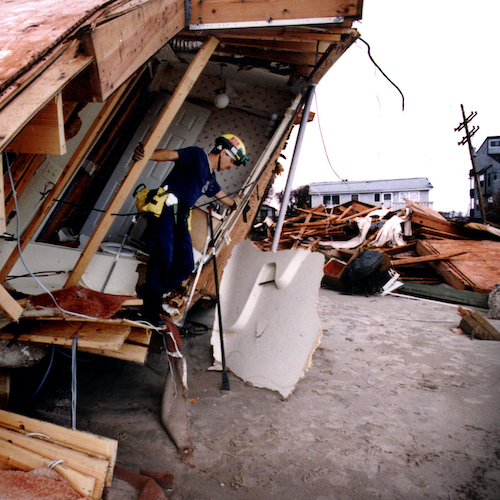
Learn how coming close to experiencing disasters can make people more likely—or not—to prepare for the next event.
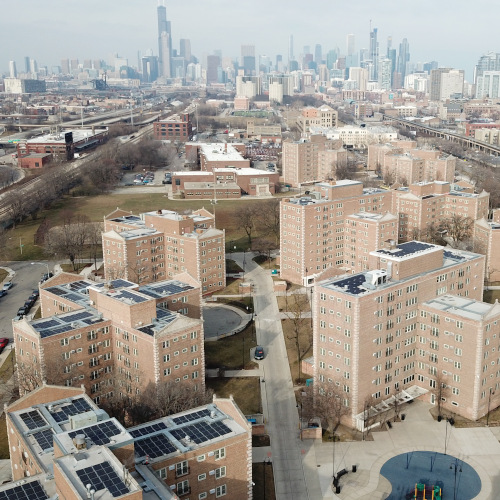
A power outage alone can be a disaster and even more so when they accompany larger events such as floods or a heatwave. Microgrids could be the answer to ensuring that communities have access reliable electricity in times of emergency.

Drought response in the United States needs to change now or we may not be able to respond to future challenges. The lessons of California could prove as a bellwether for the nation. Learn more in the latest addition to Research Counts.

Disaster recovery is never easy, but for vulnerable people and communities, built-in injustices can create recovery next to impossible. Learn how applying four principles can make disaster recovery more just.
If you are interested in contributing to this series, please contact Natural Hazards Center Director Lori Peek directly at lori.peek@colorado.edu.

